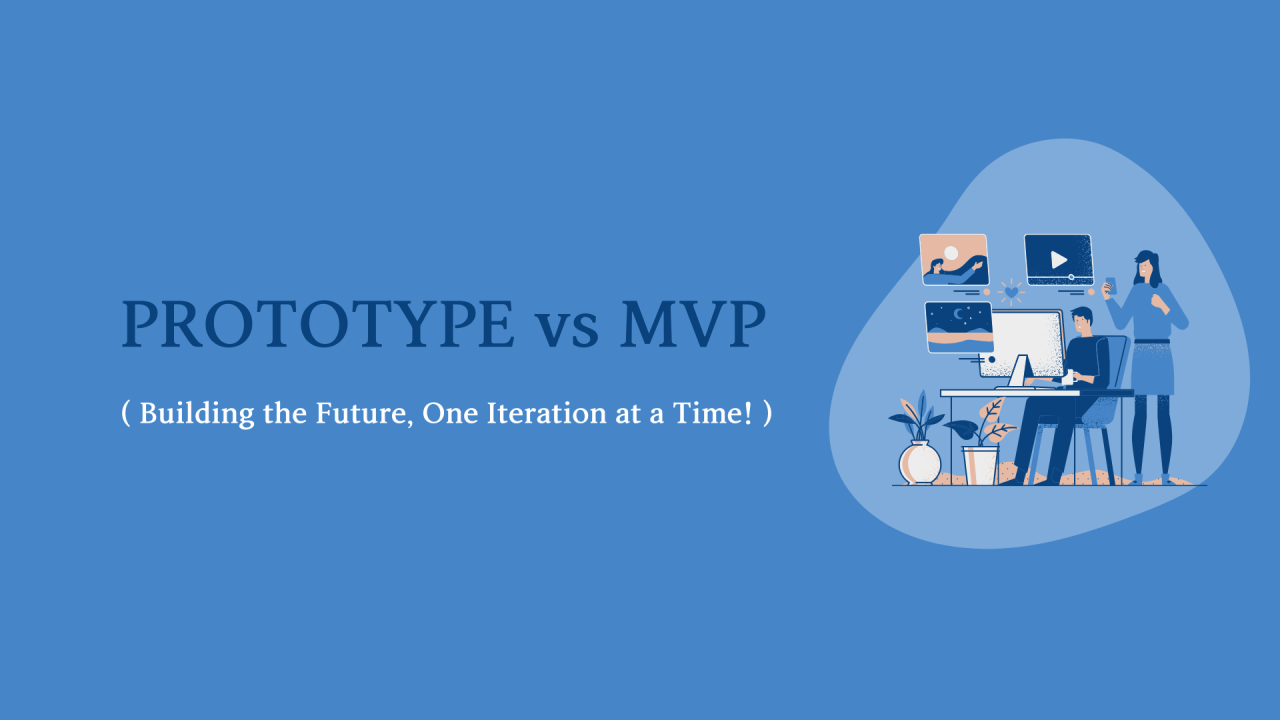Prototype vs. MVP: Why Every Great Idea Starts Small

A big shoutout to those who know “Facemash” and “Burbn.” And if you don’t, let’s replace those names with what they became—Facebook and Instagram.
But why the name change? Because Facemash and Burbn were just prototypes—early versions built to test an idea before evolving into full-fledged products.
What’s a Prototype?
A prototype is an early sample, model or release of a product created to test a concept or process. Typically, a prototype is used to evaluate a new design to improve the accuracy of analysts and system users. It is the step between the formalization and the evaluation of an idea.
Example: Spicy Mango Yogurt Prototype
Imagine you want to launch a spicy mango yogurt. Before going all in, you make a small batch at home, tweaking the spice level and texture. You share it with friends and family, gathering feedback to see if the idea is worth pursuing. That’s your prototype! It’s not for sale yet—it’s just a test.
Scaling Up: From Prototype to MVP
Now, let’s say your mango yogurt gets great feedback. Time to take it to the next level! You partner with a small kitchen to produce limited batches, package them with a simple label, and sell at a local farmers' market or online. You collect real customer feedback, see if people actually buy it, and make improvements based on their responses. This is your Minimum Viable Product (MVP).
A Minimum Viable Product (MVP) is the simplest version of a product that contains just enough features to satisfy early users and gather valuable feedback. The main purpose of an MVP is to test the market demand, validate assumptions, and iterate based on user insights without spending excessive time and resources.
Prototype vs. MVP: What’s the Difference?
- Prototype: A test version, focused on the idea, design, and user reaction (e.g., homemade mango yogurt).
- MVP: A market-ready version, built with essential features to test demand (e.g., selling small yogurt batches).
- Development Relationship: A prototype refines the concept, while an MVP validates if people will actually buy it.
Who Needs an MVP?
Honestly? Every business. But some need it more than others.
- Startups: Many fail due to poor market fit. An MVP lets them test the waters before going all in.
- New Features: Established businesses use MVPs to gauge interest before rolling out full-scale features.
- Innovative Ideas: If your idea is groundbreaking, an MVP ensures there’s actual demand before heavy investment.
Who Needs a Prototype?
Everyone. Whether you’re building a fintech app, a new product, or testing a bold idea, a prototype saves time, money, and effort by catching mistakes early. It’s your first step toward a polished, market-ready product.
CONCLUSION
From BackRub to Google, Facemash to Facebook, and Burbn to Instagram, the biggest successes started as simple prototypes and MVPs. These early versions weren’t perfect, but they helped test ideas, gather feedback, and evolve into something greater.
Take BackRub, for example—the prototype that became Google. Built by Larry Page and Sergey Brin in 1996 as a Stanford research project, it introduced PageRank, a new way to rank websites based on backlinks. Initially running on Stanford’s servers, BackRub quickly outgrew its home, leading to its rebranding as Google and the foundation of a company that would redefine the internet.
Whether you’re launching a tech giant or testing a spicy mango yogurt, the lesson is the same—start small, learn fast, and scale smart. Test first, refine wisely, and grow from there.
